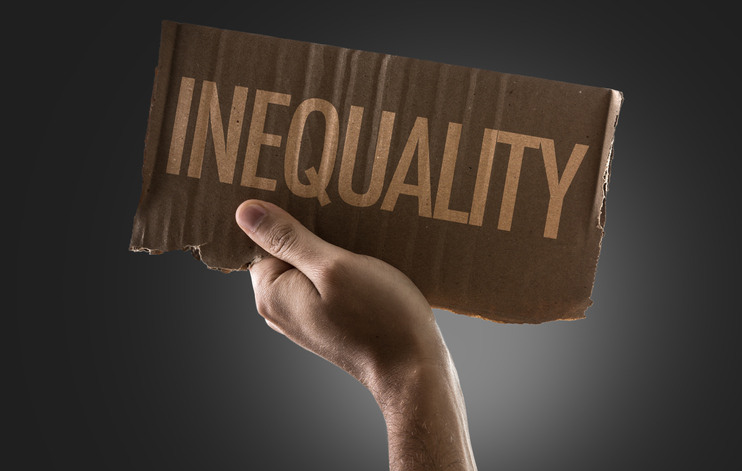Gender Trouble with ‘Thinking and Working Politically’
November 10, 2020
Capabilities
Regions
Australia & Asia Pacific
United Kingdom & Europe


